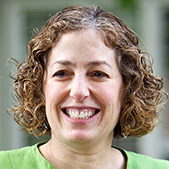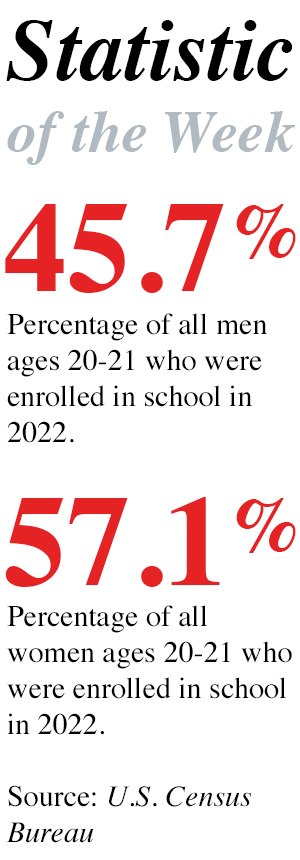Finding a Different Path to Faculty Posts in Academia for Women in STEM Fields
Posted on Feb 24, 2016 | Comments 0
Women continue to make up a small percentage of all faculty members in many STEM disciplines. Universities seeking to hire women in STEM fields often try to hire women who hold other teaching posts in academia. This is merely reshuffling the deck and not increasing the number of women faculty members in STEM fields at American colleges and universities.
A new study by researchers at the University of Washington suggests that colleges and universities look to industry, government, and private research organizations to expand the pool of women teaching science and mathematics in the academic world.
 Eve Riskin, a professor of electrical engineering and associate dean for diversity and access in the College of Engineering at the University of Washington, is a co-author of the study. She notes that “we saw that there were some really good women out there who just needed some encouragement and a road map on how to translate their skills from industry into academia.”
Eve Riskin, a professor of electrical engineering and associate dean for diversity and access in the College of Engineering at the University of Washington, is a co-author of the study. She notes that “we saw that there were some really good women out there who just needed some encouragement and a road map on how to translate their skills from industry into academia.”
Professor Riskin adds that bringing in women from industry has its advantages over women who have spent their entire time in the academic world. “If you look at the percentage of engineering students graduating with bachelor’s degrees and going straight to industry jobs, it’s nearly 80 percent,” she said. “So they’re bringing a real-world perspective that is really useful to the bulk of our students.”
Professor Riskin is a graduate of the Massachusetts Institute of Technology. She holds two master’s degrees and a Ph.D. in electrical engineering from Stanford University.
The study, “On-Ramping: Following Women Scientists and Engineers Through Their Transition From Nonacademic to Faculty Careers,” was published in The Journal of Technology Transfer. It may be accessed here.
Filed Under: Faculty • Research/Study • STEM Fields








